The Urban Struggle: Population Density and Overcrowding
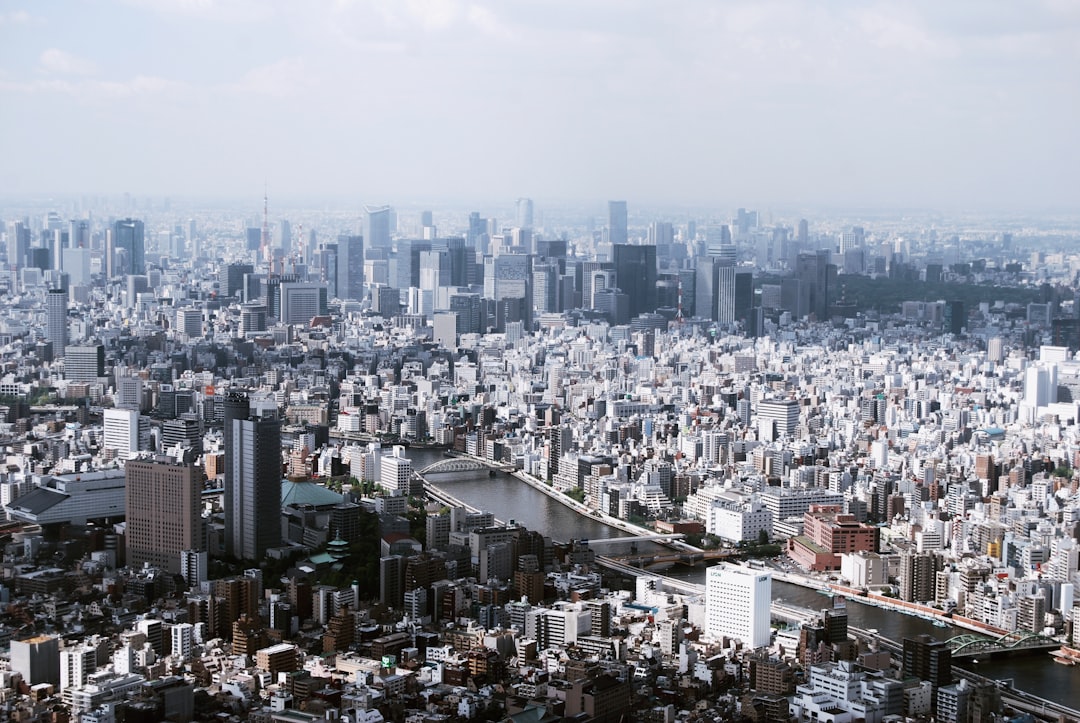
Bangladesh continues to grapple with extraordinary levels of urban density, especially in its capital, Dhaka. With a population that surpassed 170 million in 2024, the country remains one of the most densely populated on the planet. The capital itself is now home to nearly 23 million people, with some districts exceeding 44,000 residents per square kilometer. This extreme concentration places immense strain on housing, sanitation, and transportation, leading to frequent water shortages and traffic gridlocks that paralyze the city. The World Bank reported that Bangladesh’s urban population is expected to reach 50% by 2030, a sharp rise from just over 38% in 2024. As rural-to-urban migration accelerates, informal settlements and slums have grown, now housing an estimated 4.5 million people in Dhaka alone. The government’s attempts to expand urban infrastructure have struggled to keep pace, leaving many residents in precarious conditions and sparking heated debate about sustainable urban planning.
Air Quality Crisis: Smog and Pollution Levels

In 2024, Bangladesh again found itself at the top of a grim leaderboard: Dhaka was ranked the most polluted city in the world, with PM2.5 concentrations averaging 97.1 µg/m³—almost ten times the WHO’s safe limit. The city’s signature haze now often blankets landmarks and seeps into homes, causing widespread respiratory distress. According to the Institute for Health Metrics and Evaluation, air pollution contributed to approximately 78,000 premature deaths last year alone, a number that has alarmed public health officials. The main culprits are unchecked vehicle emissions, brick kilns, and rampant construction dust, which have all increased alongside the country’s rapid economic development. The government has attempted to respond by mandating stricter emissions standards and launching pilot programs for electric public transport. Despite these efforts, experts warn that unless industrial regulations and enforcement are dramatically improved, the health crisis will deepen, with children and the elderly especially vulnerable.
Climate Change and Natural Disasters
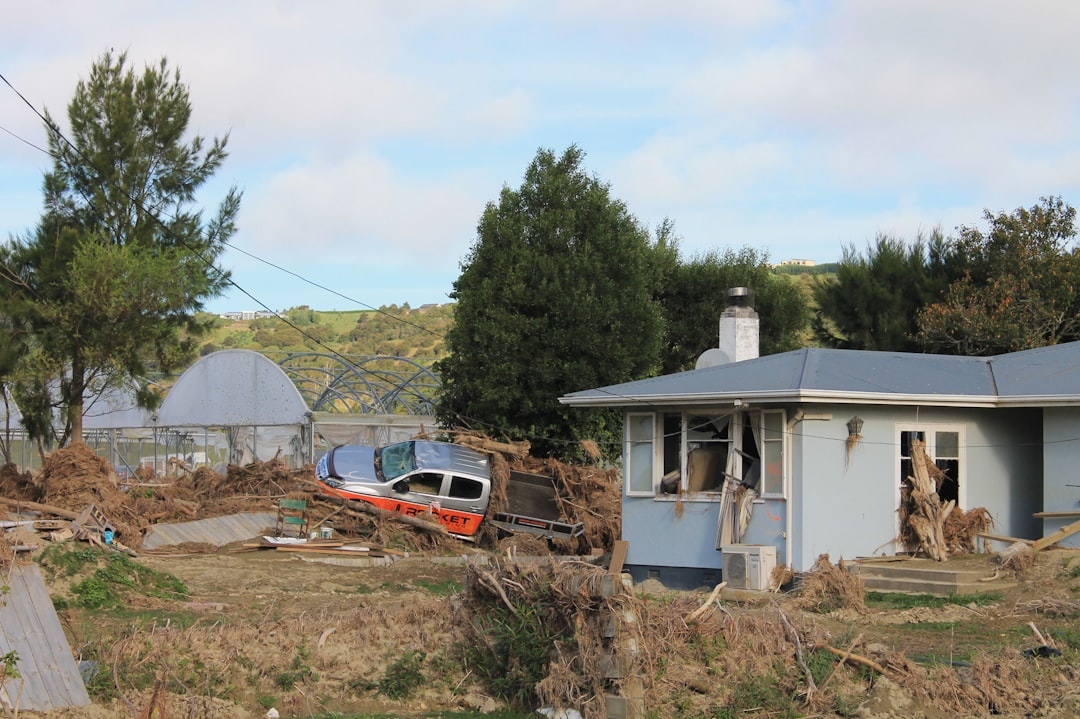
Bangladesh’s low-lying geography makes it a frontline victim of climate change, and in 2023, the nation endured the devastating impact of Cyclone Mocha. The storm displaced over 1 million people, destroyed crops and homes, and caused damages totaling $1.5 billion. The Global Climate Risk Index for 2024 placed Bangladesh as the seventh most at-risk country worldwide, reflecting a history of catastrophic floods, rising sea levels, and increasingly intense cyclones. In response, the government has invested in over 14,000 cyclone shelters and expanded early warning systems to reach rural and remote communities. International aid agencies and local NGOs have also played a crucial role, particularly in post-disaster recovery and climate adaptation projects. However, the persistent threat of riverbank erosion and saltwater intrusion continues to displace thousands annually, forcing families to migrate and intensifying social and economic pressures.
Economic Growth Amidst Challenges
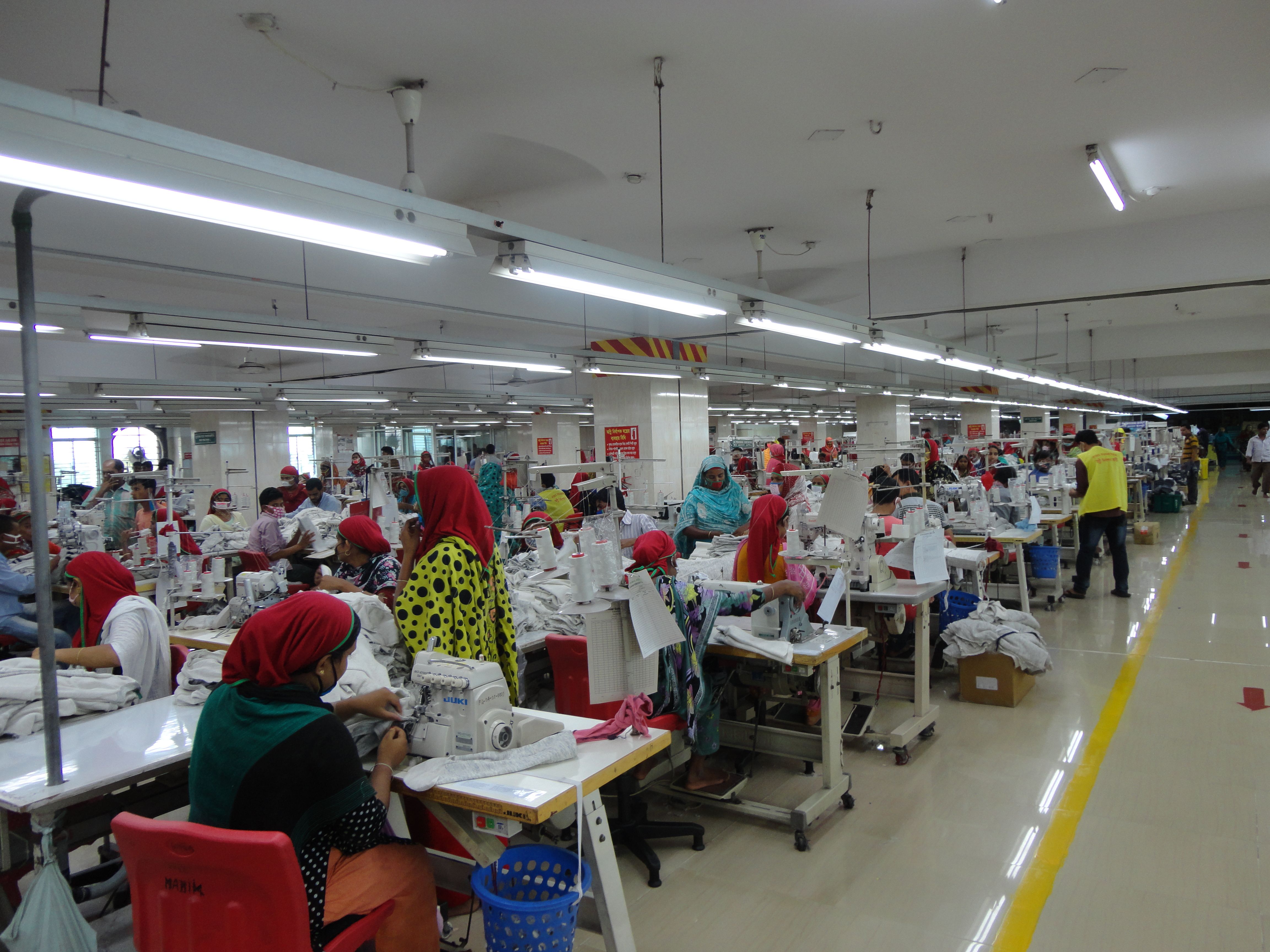
Amid these daunting obstacles, Bangladesh’s economy has demonstrated remarkable resilience, achieving a GDP growth rate of about 6.5% in 2024. The export-driven garment industry remains the nation’s economic powerhouse, accounting for over 80% of total exports and employing nearly 4 million workers—most of whom are women. This sector has been crucial in reducing poverty and empowering women, but it faces pressure from global demand shifts and competition with lower-cost producers like Vietnam and Ethiopia. Recent labor strikes over wage disputes have drawn international attention, prompting the government to increase the minimum wage for garment workers in February 2024. Meanwhile, new policies promoting sustainability and labor rights aim to maintain Bangladesh’s competitive edge. Despite progress, economic inequality and job security remain serious concerns, and economists warn that without diversification, the country’s growth could stall.
Cultural Richness: Heritage and Diversity
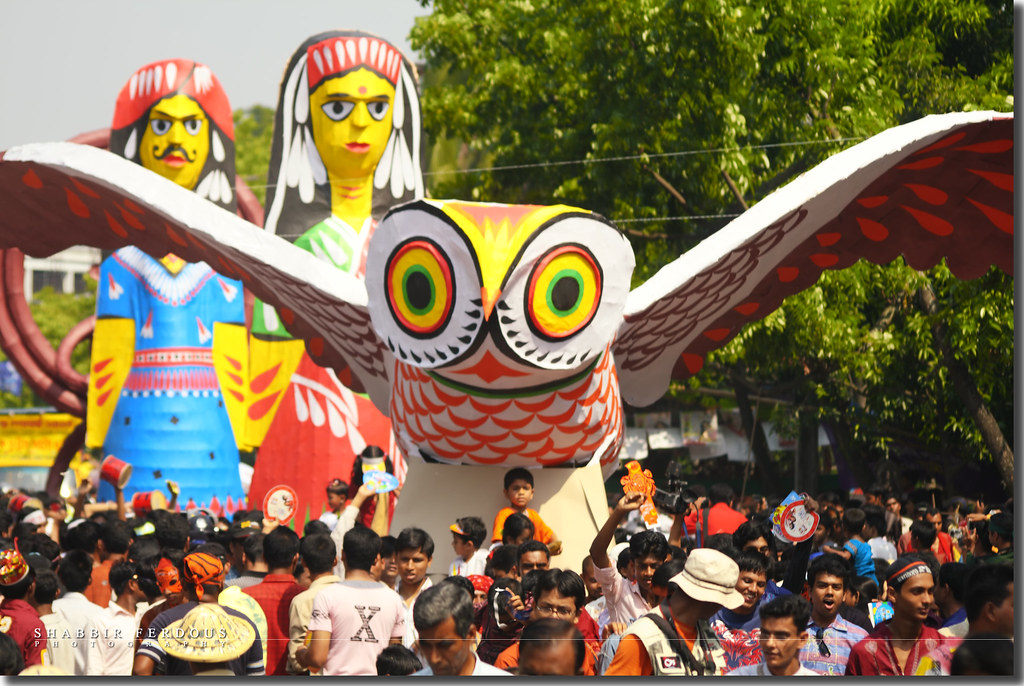
Bangladesh’s cultural landscape is a vibrant mosaic shaped by centuries of Hindu, Buddhist, and Islamic influences. The country boasts three UNESCO World Heritage Sites: the ancient Mosque City of Bagerhat, the Ruins of the Buddhist Vihara at Paharpur, and the Sundarbans mangrove forest. Celebrations such as Pohela Boishakh (Bengali New Year) and Durga Puja draw millions annually, transforming city streets into rivers of color, music, and dance. In 2024, the Ministry of Tourism launched a campaign to boost cultural tourism, highlighting heritage sites and traditional crafts. These efforts have started to bear fruit, with international arrivals increasing by 7% compared to 2023, despite ongoing regional instability. Folk music, traditional boat races, and the revival of handloom weaving are also gaining renewed attention, fueling both local pride and curiosity among visitors.
Education and Literacy Rates: Progress and Challenges
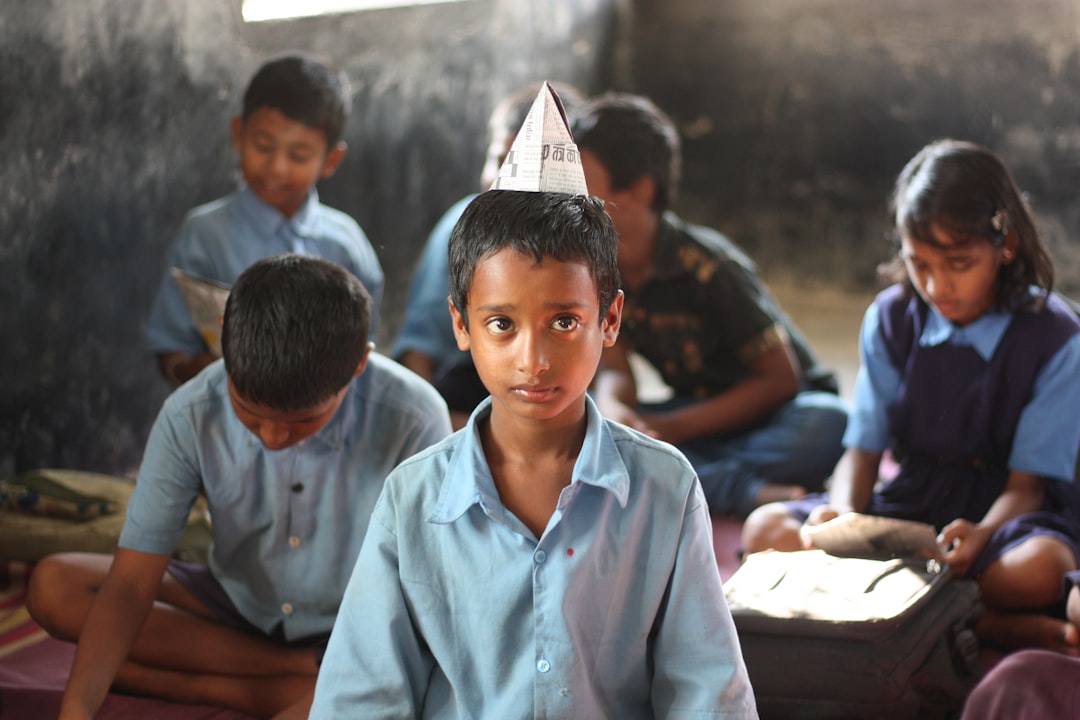
Bangladesh has made steady progress in education, with the national literacy rate climbing to approximately 74% in 2024, according to the Bangladesh Bureau of Statistics. Government initiatives such as free textbooks, stipends for girls, and school meal programs have helped drive this upward trend. Yet, the education sector faces persistent challenges, including high dropout rates—especially at the secondary level—and significant disparities between urban and rural schools. UNICEF’s 2024 report noted that 3.5 million children remain out of school, primarily due to poverty, child marriage, and labor demands. Quality of education is also a concern, with overcrowded classrooms and a shortage of qualified teachers affecting learning outcomes. Recent investments in digital classrooms and teacher training are steps in the right direction, but bridging the urban-rural divide will require sustained effort and resources.
Health Care System: Struggles and Innovations

The healthcare system in Bangladesh struggles to meet the needs of its vast population, with only 0.5 doctors per 1,000 people reported in 2024—well below the global average. Public hospitals are often overwhelmed, and access to specialized care is limited outside major cities. However, the government’s Health Sector Strategic Plan has resulted in notable improvements, particularly in maternal and child health, with infant mortality rates dropping to 23 per 1,000 live births in 2024. Telemedicine has become increasingly popular, connecting rural patients to urban specialists and reducing the burden on physical clinics. Despite these gains, underfunding and shortages of essential medicines remain chronic problems. Efforts to digitize health records and expand mobile clinics are ongoing, but the system’s capacity is still stretched by outbreaks of dengue, cholera, and other infectious diseases.
Environmental Conservation: Efforts and Initiatives
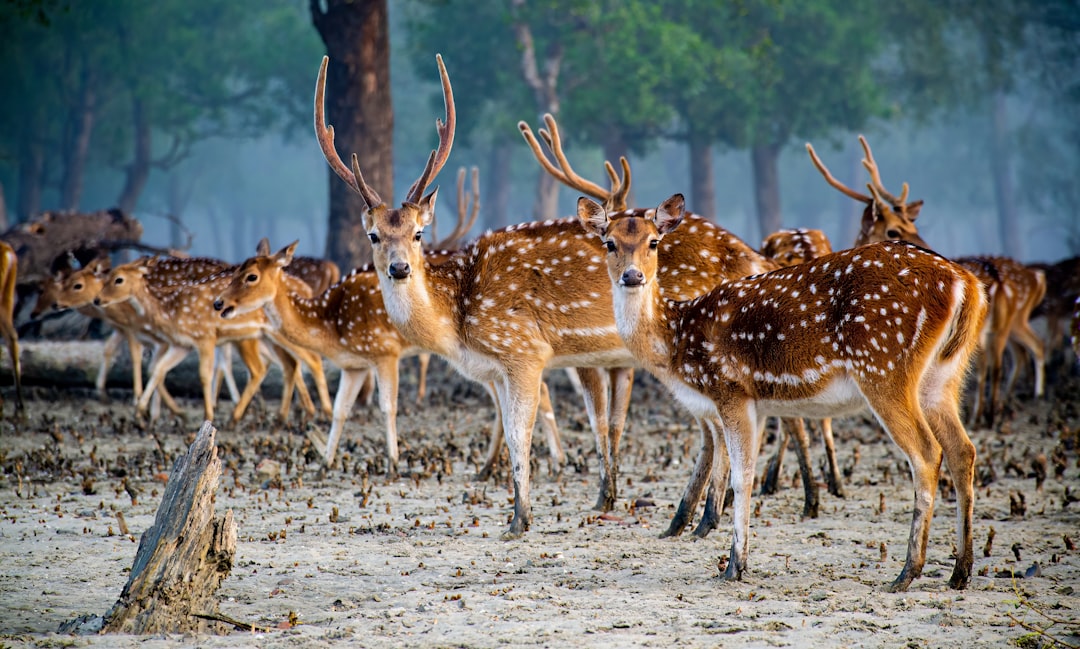
With environmental threats mounting, Bangladesh updated its Climate Change Strategy and Action Plan in 2024 to prioritize reforestation, wetland protection, and biodiversity conservation. The Sundarbans, the world’s largest mangrove forest, remains a focal point for these efforts, as it provides crucial habitat for the endangered Bengal tiger and protects millions from storm surges. Community-based programs have successfully engaged local residents in mangrove planting and anti-poaching patrols, while government crackdowns on illegal logging have intensified. NGOs like the Bangladesh Environment and Development Society have expanded educational campaigns to raise awareness about wildlife protection and plastic pollution. Despite these initiatives, balancing development with conservation continues to be a contentious issue, as new infrastructure projects threaten sensitive ecosystems.
Technological Advancements: A Digital Revolution

Bangladesh is in the midst of a digital transformation, spurred by the government’s Vision 2021 and Vision 2041 initiatives. As of 2024, internet penetration stands at 65%, with over 109 million mobile subscribers driving the rapid adoption of digital services. Startups in fintech, health tech, and e-commerce are flourishing, attracting both local and foreign investment. Notable successes include bKash, a mobile money platform now used by 70 million people, and the rise of telehealth providers offering remote medical consultations. The government’s Digital Bangladesh campaign has introduced e-governance tools, streamlining everything from tax payments to agricultural planning. Nevertheless, the country faces ongoing challenges with cybercrime, data privacy, and internet infrastructure, particularly in rural areas where high-speed connectivity remains elusive.
The Beauty of Bangladesh: Nature and Tourism
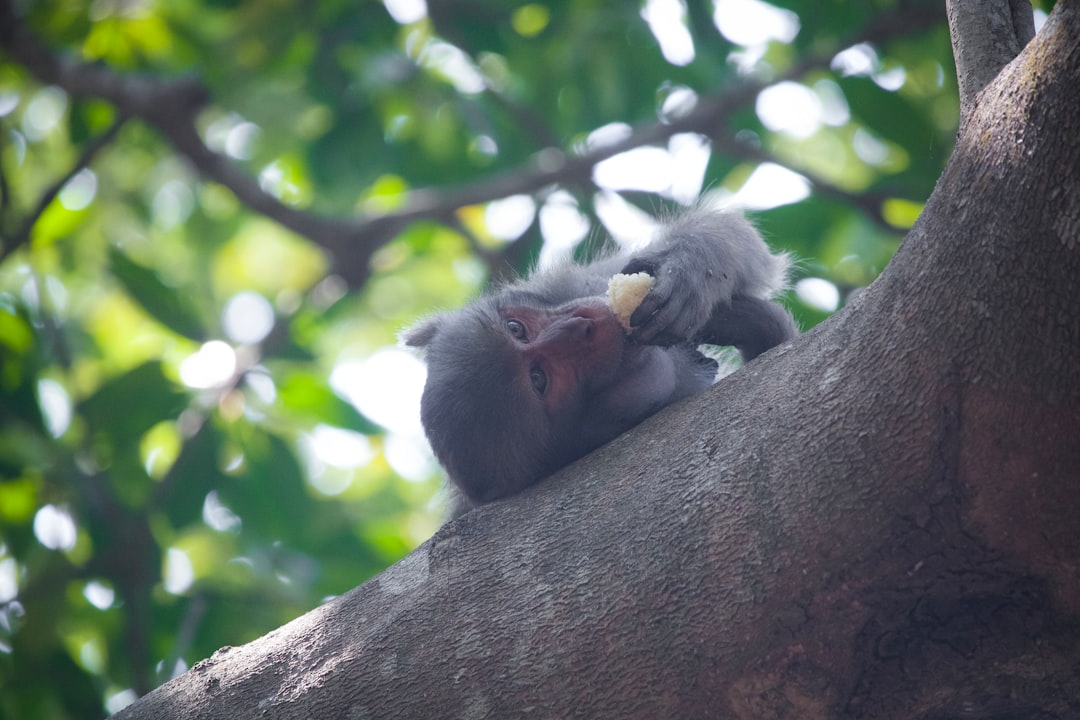
Bangladesh’s natural beauty remains one of its most surprising treasures, drawing adventurous travelers to its rivers, forests, and hills. The Sundarbans, a UNESCO World Heritage Site, has seen a 12% rise in eco-tourism visits in 2024, as the government promotes sustainable travel and wildlife conservation. Cox’s Bazar, boasting the world’s longest unbroken sea beach at 120 kilometers, attracted 3.2 million visitors during the last peak season. The tea gardens of Sylhet, the rolling hills of Bandarban, and the coral reefs of Saint Martin’s Island offer diverse experiences for nature lovers. The government’s 2024 “Visit Bangladesh” campaign has focused on responsible tourism, encouraging eco-friendly accommodations and community-based tours. Local entrepreneurs are developing new travel packages that highlight lesser-known gems, hoping to balance economic growth with environmental stewardship.


